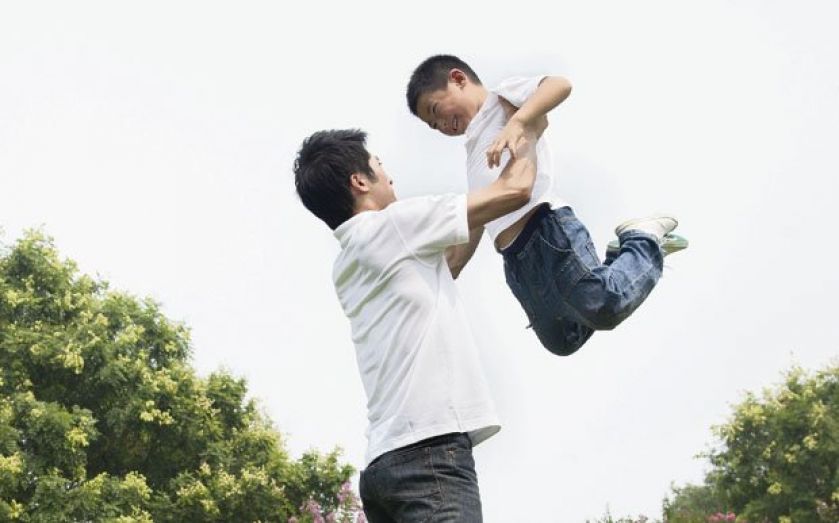| Updated:
Peer-to-peer lending can help you save for your child’s future

How could peer-to-peer (P2P) lending help you save for your child’s future?
The cost of childcare, education, food, clothing and the like could total almost £230,000 by the time they’re 21, according to Liverpool Victoria. And while this includes university fees (which many will choose to fund through student loans), it doesn’t include private education, which can cost hundreds of thousands of pounds alone.
For fixed, future expenses (school fees, university), P2P can help build up a large pot of capital to draw on. If you lend an initial £5,000 through Zopa on the child’s birth, followed by an additional £500 each month, you would have a pot of £96,403 by the time they entered secondary school aged 11.
This assumes a 5.2 per cent annualised return before tax, after a 1 per cent fee, and that you re-invest interest payments. And for ongoing costs like childcare, P2P platforms like Zopa can be used to provide a relatively low-risk additional revenue stream through the monthly interest repayments.
Of course, there are risks. But since 2010, bad debt on Zopa has averaged 0.25 per cent. Further, now with a community of 57,000 active lenders, over £600m has been lent through Zopa.
There is also a Safeguard fund, currently holding over £5m, designed to step in and give you back your money, including interest owed, if a borrower falls too far behind on their payments.
To reduce risk further, your money is lent out in small chunks to different borrowers, who also have to pass a series of checks: they must be over 20 years’ old, UK residents for at least three years, must earn at least £12,000 a year, and have a solid credit history.
And while you will need to pay a 1 per cent fee to access your capital if it hasn’t yet been paid back by borrowers, you can withdraw money as it is repaid each month.